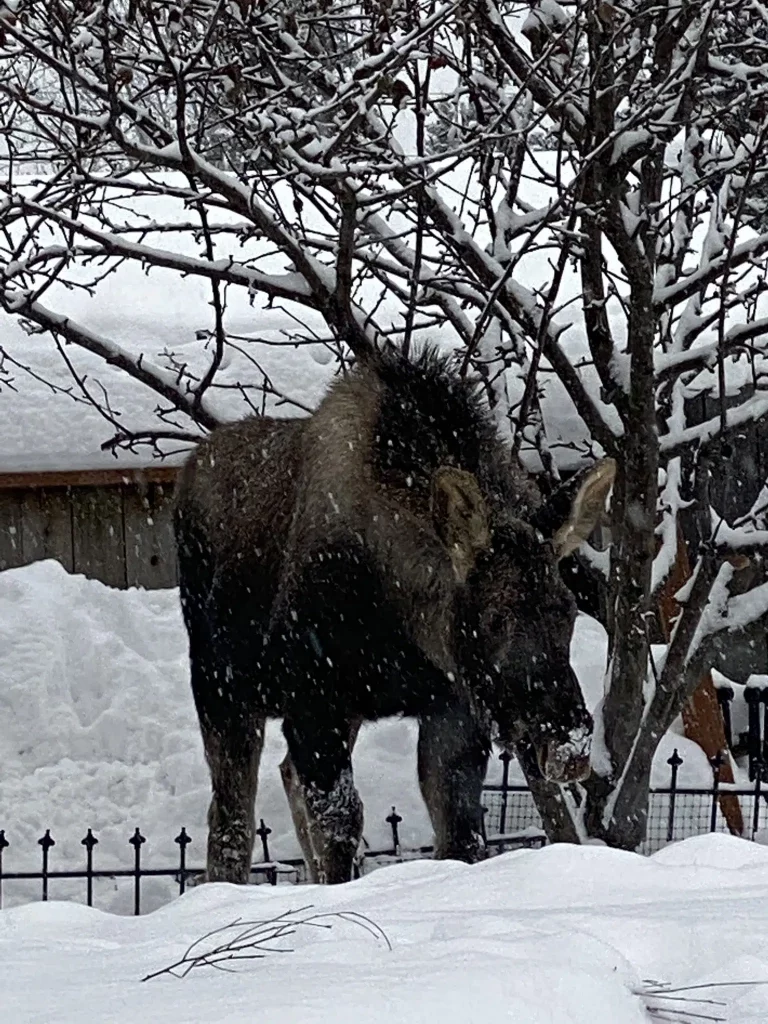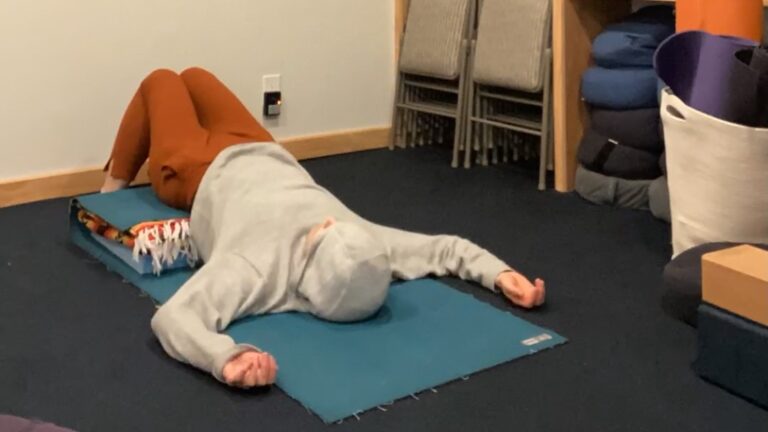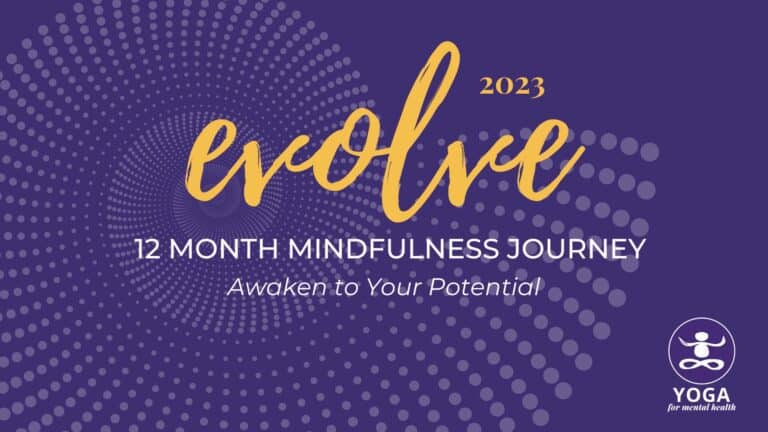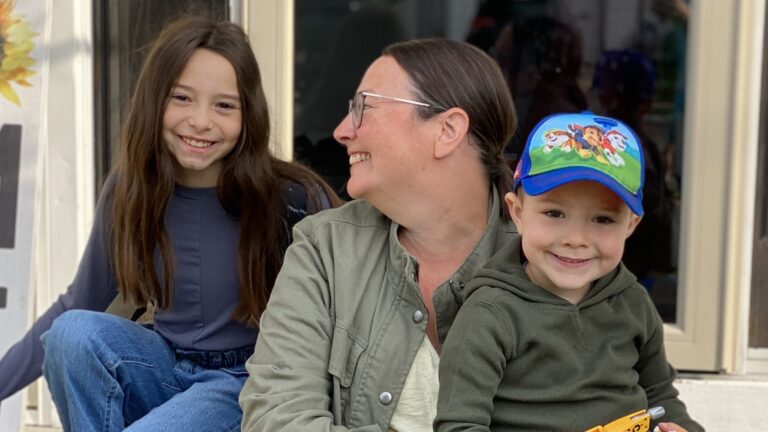Equanimity is the 10th perfection practice. It is a position of poise. The Yoga Sutras of Patanjali tell us that equanimity is one of the best homes for the heart.
Equanimity is especially helpful when facing pleasure or pain, and, when dealing with those whose actions are not aligned with our values. BKS Iyengar (my teacher, Lynne Minton’s teacher) says this is to be “indifferent to those who continue to live in vice despite attempts to change them.”
It’s probably fair to assume that there is some character in all of our lives who plays the protagonist in this chapter. Truly, like in any good story, it is through our interactions with these “others” that we can see ourselves best reflected. These are great opportunities for practice!
Equanimity shouldn’t be mistaken for a lack of caring. Rather, it might be better understood as a mindful response to an abundance of care and concern. Emotions motivate actions. Overwhelming emotions can result in reactivity. Overreactions are one of the leading causes of conflict, misunderstanding, and defensiveness in relationships. This slippery slope often leads to a breakdown in trust and resistance to further connection.
To prevent cataclysm, equanimity can help assure that there is space enough for everyone. People process at different paces. Arguably, we are all moving towards self-actualization, and, contending with the obstacles that inevitably arise in our paths.
Our Winter Course further explores the dynamic between us. If you are curious about why and how patterns repeat, and how to build and maintain the healthiest ones, this course is for you!
The Yoga Sutras of Patanjali (Sutras 11.3 – 11.9) tell us that we all deal with the same primary obstacles: innocence (also sometimes described as ignorance), egoism, attachment, aversion, and fear of death. There is also a long list of other common afflictions: disease, apathy, doubt, carelessness, lethargy, temptation, erroneous views, ungroundedness, and regression. These too are experienced by all beings. Compassion, another of the perfection practices, grows from this awareness.
As we move through our life experience and encounter these obstacles (and others) we have plenty of opportunities to integrate the wisdom of past experience. In order to do this, we need to evoke a higher consciousness, a less reactive one. Our higher consciousness is able to consider both past and future, it is able to redirect energy from defense to intention. However, when the situation has prompted a response, it can be assumed to be powerful. All of the strength of our habits, expectations, ego, and, not insignificantly, our current physical condition, will play into our response.
In the face of such complexity, equanimity, may be the only reasonable response. It is the poise between past and future, too much and not enough, what’s mine and what’s yours, that sets us free.
There is a fable that illustrates the power of this position well. It is a story about a farmer. A herd of wild horses tears through her fields and seems to ruin her crops. Her neighbor laments “Oh, how terrible!” to which the farmer replies: “Maybe so, maybe not.” The fields are fertilized and turned by the horses and one seems quite friendly. The neighbor proclaims “Oh, what good fortune!” to which the farmer replies: “Maybe so, maybe not.” In the farmer’s son’s attempt to tame the horse, he is thrown from its back and the son’s leg is broken. The neighbor laments “Oh, how terrible!” to which the farmer replies: “Maybe so, maybe not.”
With a broken leg, the son is able to avoid conscription to the army. Her neighbor proclaims “Oh, what good fortune!” to which the farmer replies: “Maybe so, maybe not.” You can see how this story can continue on and on, around every turn there is an opportunity for the farmer (and maybe, eventually, the neighbor) to find peace.
We too can find peace. In the midst of it all equanimity can serve as a foundation for curiosity and compassion. You might consider the response of the farmer “maybe so, maybe not” as a way to integrate equanimity into practice.
Another, very accessible and reliable, way to practice equanimity is with breathing. The very nature, design, and rhythm of the breath is balance. The uplifting, energizing, and nourishing qualities of the inhalation are complemented by the grounding, relaxing, and letting go of the exhalation. Further, the movement of breath in and out is tempered by the pauses between movements.
I’d encourage you to recognize these pauses as integral to the process. “Holding” the breath or “not breathing” can be perhaps better understood as part of a process. When we are poised and practicing equanimity, we are able to move attention, and can see what is just behind us and just ahead of us. It’s an inhale and an exhale! It’s a past experience and a future opportunity.
Our Pranayama (Breathing) course is available to support your continued understanding and mastery of the natural and balanced breath…. but you don’t need to do anything more than notice, you’re breathing! In… pause… out… pause.
May you enjoy poise and perspective, may you be free!








